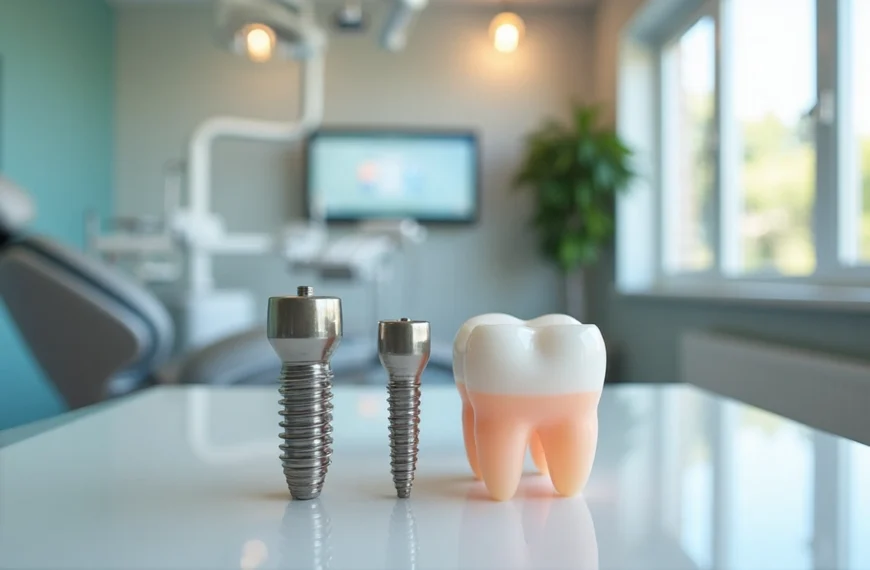When planning home upgrades, deciding between DIY vs hiring a pro can be tough. This guide helps you make the smart choice.
Home improvement costs have skyrocketed, with the average bathroom remodel now exceeding $10,000. While DIY projects home improvement can slash these expenses by 50-70%, not every project should be a do-it-yourself endeavor.
The key lies in knowing which projects to tackle yourself and which ones deserve professional attention. Some DIY attempts can actually cost more in the long run, especially when factoring in tools, materials, and potential mistakes that need fixing.
This guide breaks down exactly when to grab your toolbelt and when to grab your phone to call a pro in 2025. You’ll learn how to evaluate project costs, assess your skill level, and identify the most profitable DIY opportunities that can save you thousands without compromising quality or safety.
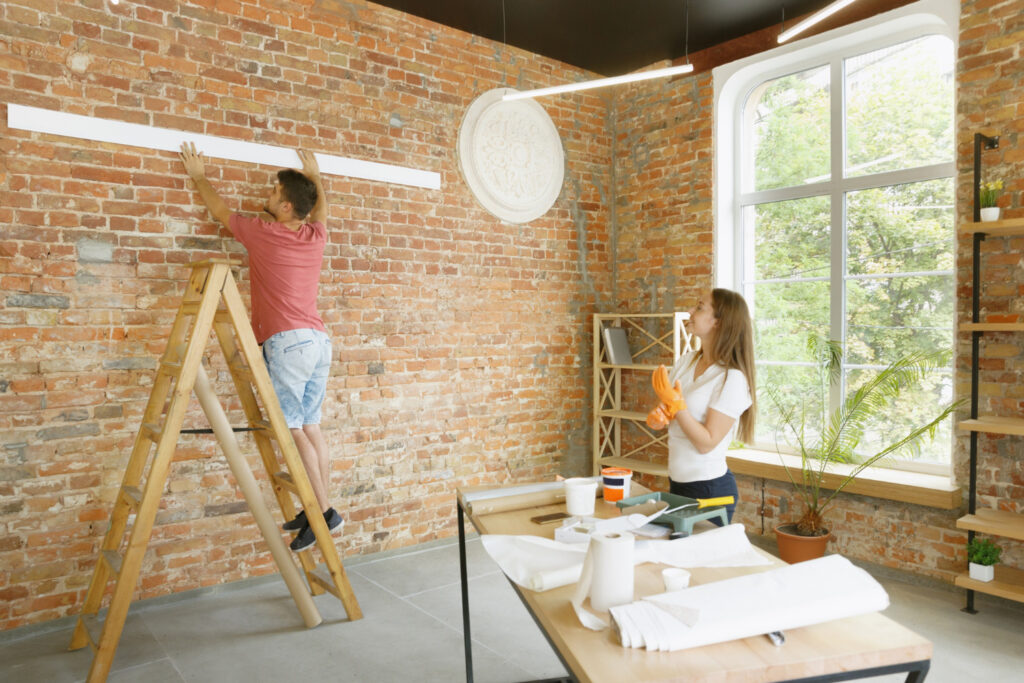
1) How to Calculate True DIY Savings in 2025
Calculating true DIY savings requires looking beyond simple contractor versus DIY cost comparisons. Recent data shows general contractors charge $70-$130 per hour in 2025, with labor costs rising 3.8% in the US over the past year.
Current labor costs vs material costs
Material costs have increased more modestly, up 0.6% in the US. Furthermore, contractors often secure better deals on supplies through bulk purchasing and industry relationships. Consequently, DIY projects might require paying retail prices for materials, potentially reducing overall savings.
Hidden expenses in DIY projects
Recent surveys reveal that 58% of homeowners spent more than anticipated on DIY projects due to unexpected costs. These often-overlooked expenses include:
- Permit fees ranging from $50 to $500
- Tool purchases or rentals (including security deposits)
- Additional materials for mistakes (20% buffer recommended)
- Insurance coverage adjustments
Additionally, 54% of DIYers needed financial assistance during their projects, primarily due to underestimating total costs.
Time value consideration
Time investment significantly impacts true DIY savings. 78% of DIYers report their projects took longer than planned, with one-third spending 20+ extra hours than anticipated. To calculate time value accurately, consider:
- The opportunity cost of your time—what you could earn during those hours working elsewhere.
- Professional crews typically complete projects 4-8 weeks faster than DIYers.
For accurate savings calculations, multiply your project hours by your hourly earning potential, then add material costs plus a 20% contingency buffer. Compare this total against professional quotes—remember to get at least three estimates for accurate comparison.
2) Evaluating Your DIY Capability Level
Before starting any DIY projects, an honest assessment of your capabilities prevents costly mistakes and potential safety hazards. Recent studies show that more than 4 in 10 homeowners have botched their DIY projects.
Basic skill assessment checklist
Accurately gauging your handiness level determines project success. Before picking up tools, evaluate these crucial factors:
- Project Complexity vs Experience
- Safety-critical tasks requiring permits
- Previous successful project completion
- Time availability for learning new skills
- Technical Knowledge
- Understanding of building codes
- Familiarity with required tools
- Basic mathematical calculations
- Physical Capabilities
- Strength requirements
- Workspace accessibility
- Time commitment
Required tools inventory
Having the right tools makes the difference between professional results and amateur attempts. A well-stocked basic toolkit primarily includes:
- Essential Hand Tools:
- Quality screwdriver set with various heads
- Adjustable wrenches in different sizes
- Long-nosed and combination pliers
- Claw hammer for multiple applications
- Utility knife for precise cutting
- Power Tools:
- Cordless drill (most versatile starter power tool)
- Orbital sander for smooth finishes
- Basic circular saw for straight cuts
- Safety Equipment:
- Protective eyewear
- Work gloves
- LED flashlight for detailed work
Specialized projects often require additional tools. Consider renting expensive equipment rather than purchasing outright. A basic home toolkit investment ranges between $200-$500 for quality essentials.
Before purchasing tools, check project requirements thoroughly. Having proper tools prevents common DIY mishaps and ensures safer work conditions. Remember that no amount of cost savings justifies risking personal safety.
3) High-ROI DIY Projects for 2025
Smart DIY projects can transform living spaces without breaking the bank. Here’s a detailed breakdown of high-return projects that maximize value while minimizing costs.
Kitchen updates under $5000
A kitchen facelift delivers substantial returns without requiring complete demolition. Primarily focus on cabinet refacing—replacing door and drawer fronts costs about $10 per square foot. For a modern touch, paint existing cabinets using a Wagner sprayer and Benjamin Moore primer.
Value-adding updates include:
- Stainless steel appliances from outlet stores
- Laminate countertops that mimic butcher block appearance
- Updated light fixtures and hardware in brushed nickel or matte black finishes
Bathroom refreshes under $3000
Bathroom renovations offer excellent returns when planned strategically. A standard 5’x8′ bathroom refresh includes:
- Installing a new shower base with Jetcoat walls creates an updated look.
- Adding a floating vanity with high-gloss finish and chrome fixtures.
- Installing ceramic floor tiles in a marbled pattern to create visual height.
Outdoor improvements under $2000
Outdoor upgrades rank among the highest ROI projects. Create an inviting outdoor space by installing string lights and comfortable seating. Alternatively, build a floating deck that rests freely on the ground, saving money on complicated structural work.
Proper planning can make outdoor kitchens achievable on a budget. Start with a basic grill setup and small table arrangement. For added comfort, incorporate an outdoor rug to define the space and add cushioning.
Link to a cost guide from HomeAdvisor or a DIY safety article from This Old House.
4) When Professional Help is Worth Every Dollar

Safety considerations stand at the forefront of home improvement decisions. Although DIY enthusiasm runs high, certain projects demand professional expertise to protect both life and property.
Choosing between DIY and hiring a pro for home upgrades depends on skill, cost, and time.
Safety-critical projects
Professional contractors must handle projects involving hazardous materials. These materials pose serious health risks when improperly handled.
Critical safety projects requiring professional help:
- Structural modifications affecting load-bearing walls
- Gas line installations or modifications
- Major electrical system upgrades
- Foundation repairs or modifications
- Extensive roofing work on multi-story homes
Smart Hybrid Approaches to Save Money
A balanced approach to home improvement combines DIY effort with professional expertise. Recent data shows half of homeowners now mix DIY work with professional services, creating an effective strategy to maximize savings while ensuring quality results.
Prep work you can do yourself
Homeowners can handle preliminary tasks that require basic skills and minimal technical knowledge, such as:
- Demolition of old fixtures and clearing spaces
- Basic painting and surface preparation
- Material selection and procurement
- Site cleanup and waste removal
Tasks to leave for pros
Certain tasks demand expert attention:
- Technical Installations: Complex electrical work and major plumbing modifications.
- Structural Modifications: Changes affecting load-bearing walls or home structure.
- Safety-Critical Work: Projects involving hazardous materials or specialized equipment.
The success of this hybrid approach often depends on clear communication with contractors. This strategic blend allows homeowners to maintain control over their projects while ensuring critical components receive expert attention.
Conclusion
Deciding on DIY vs hiring a pro for home upgrades ultimately comes down to budget, expertise, and goals.
Smart home improvement decisions balance cost savings with safety and quality. While DIY projects can slash expenses by 50-70%, success depends on careful project selection and honest skill assessment.
Basic improvements like cabinet refacing, bathroom refreshes, and outdoor upgrades offer excellent returns when tackled personally. However, safety-critical work involving electrical, plumbing, or structural changes demands professional expertise.
A hybrid approach stands out as the most practical solution for many homeowners. Handling prep work, basic installations, and finishing touches personally while leaving technical aspects to professionals creates substantial savings. This strategy also ensures proper permits, code compliance, and safety standards.
Successful home improvements start with realistic expectations and proper planning. Whether choosing full DIY, professional services, or a strategic combination, focus on projects that match your skill level and maximize long-term value.
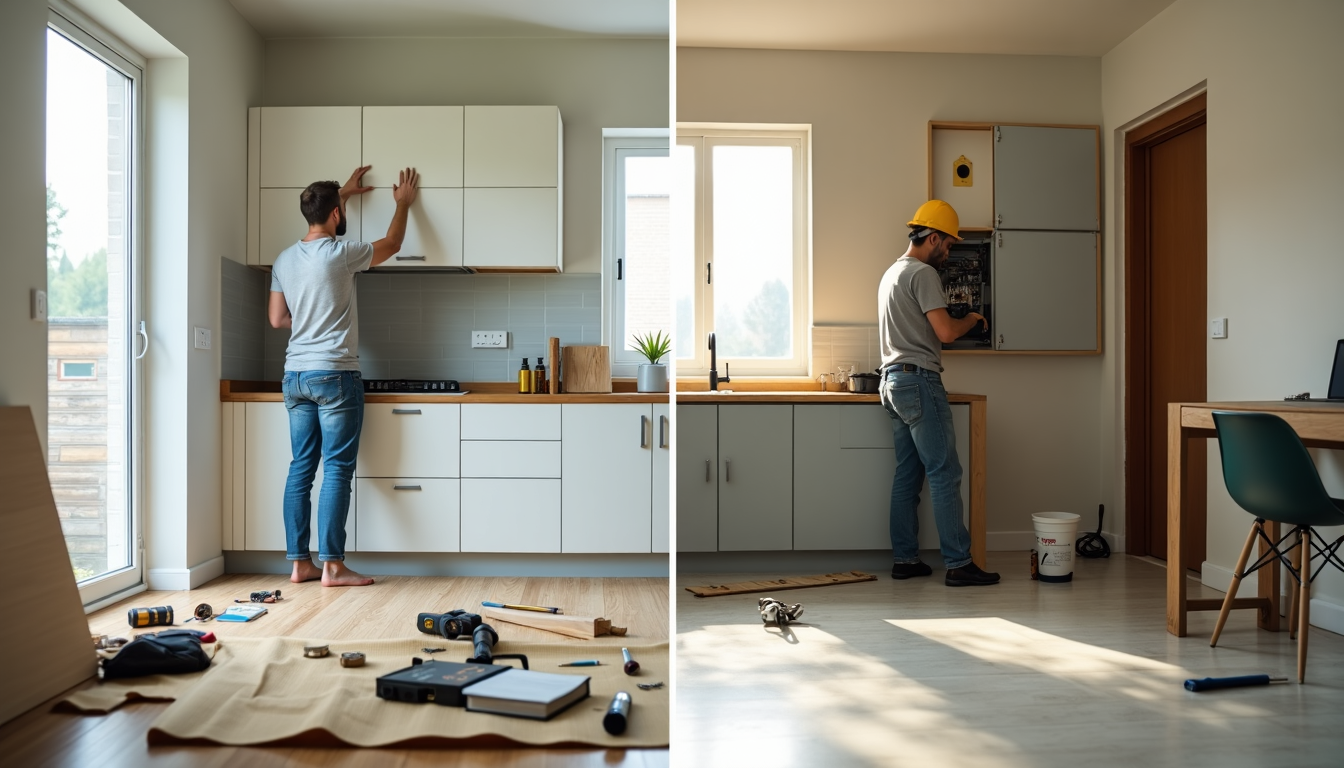
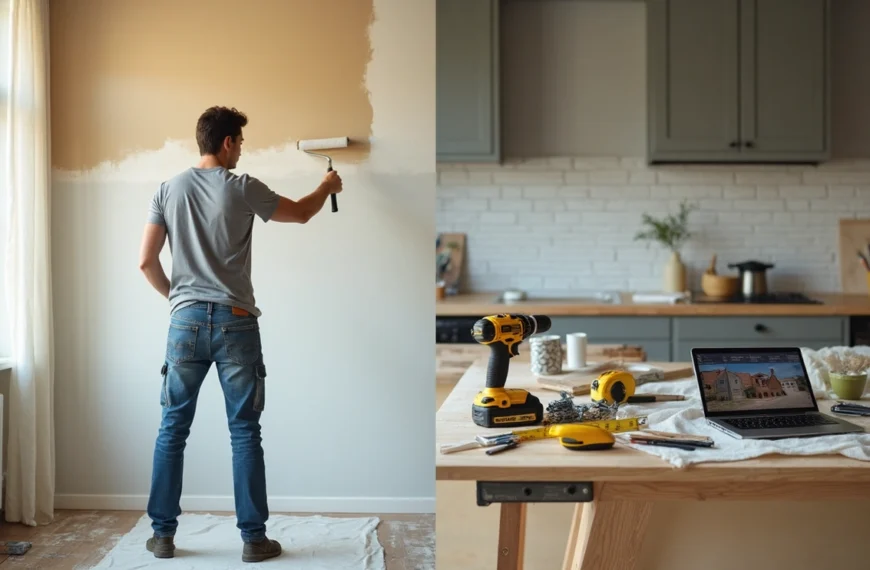
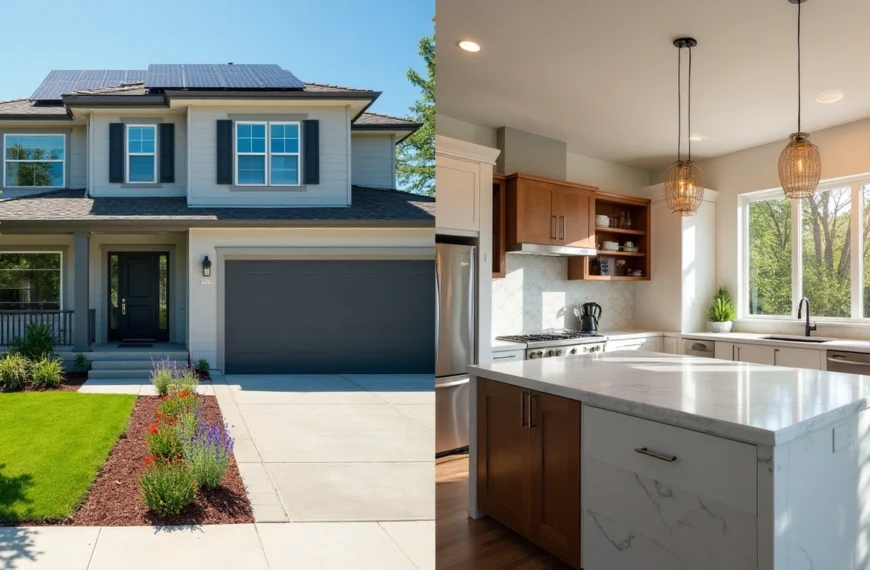
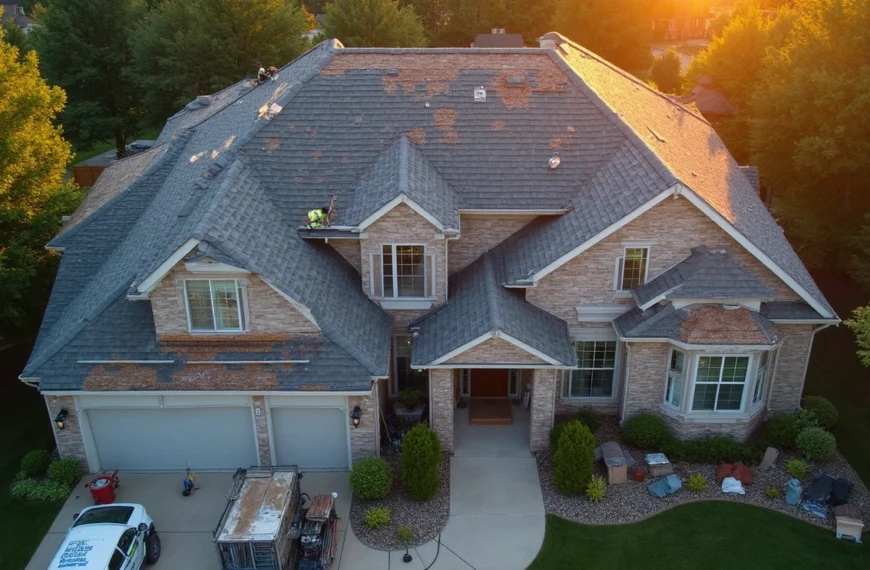
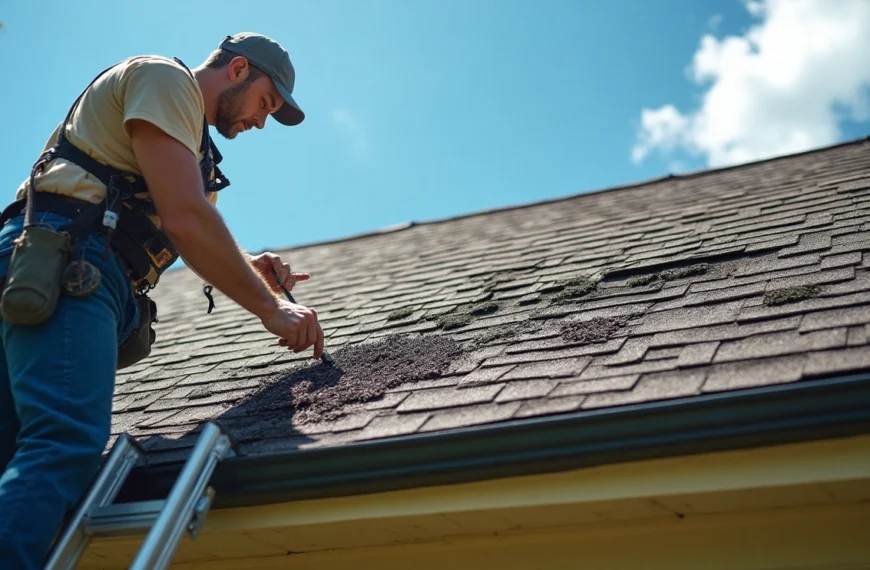
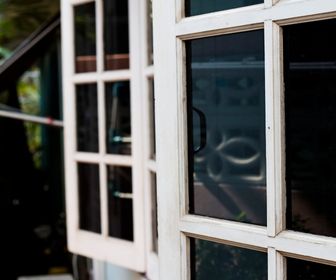







![No Win No Fee Lawyers: The Hidden Truth About Settlement Cuts Legal representation through no win no fee lawyers gives clients a way to fight cases without paying anything upfront. Many clients don't know that these services take a big chunk of money after winning the case. Lawyers usually take 25% to 40% of what you win as their contingency fee. The amount lawyers take from settlements can add up fast. A $100,000 settlement means your attorney gets $30,000 if they charge a 30% fee after winning your case. Your solicitor's cut might be £10,000 from a £30,000 compensation award, based on your agreement percentage. This payment model stays pretty much the same for no win no fee lawyers in different places, though percentages can change. This piece breaks down what you need to know about contingency fee deals. You'll learn about standard fee ranges, extra costs beyond the basic fee, and times when this payment setup might not work in your favor. Smart clients should think over these money matters before signing up with a lawyer to make better choices about their legal help. What No-Win No-Fee Really Means Image Source: Express Legal Funding A no-win no-fee arrangement, also called a Conditional Fee Agreement, changes the way people get legal help. This payment approach removes the need to pay legal fees upfront and creates a partnership between clients and their attorneys. How contingency fees work No-win no-fee agreements are based on contingency fees. Lawyers get paid only when they win compensation for their clients. Most lawyers take between 25% and 40% of the final amount, based on how complex the case is and where it's filed. Lawyers take their cut after winning the case. To name just one example, see a case where a lawyer wins £30,000 in compensation with a 33% fee - they would receive £10,000. On top of that, some law firms use sliding scales where they charge less for quick settlements and more if the case goes to trial. The law requires a written agreement before any work starts. This paperwork spells out the lawyer's percentage, what costs you'll need to cover, and other key details. What happens if you lose the case The meaning behind "no-win no-fee" is clear - losing your case means you won't pay your lawyer anything. All the same, you should know about a few money-related details. You won't owe your lawyer when you lose, but some deals might make you pay for court fees, expert witnesses, or other case expenses. The other side could also ask you to pay their legal costs. Many lawyers suggest getting "After Event" insurance to protect their clients. These policies cover any costs if you lose your case, which makes the no-win no-fee setup much safer. Why lawyers offer this model Lawyers want to make legal help available to more people, so they offer these payment plans. This setup helps people who don't have much money take legal action when they have valid claims. The payment structure motivates lawyers to work hard. They only get paid by winning cases, which pushes them to get the best results possible. Lawyers carefully assess each case before taking it on a no-win no-fee basis. They usually accept cases that have a good chance of winning, since they put in lots of time and resources without any guaranteed payment. The Real Cost: How Much Do Lawyers Take from a Settlement Image Source: Greiner Law Corp. The true cost of no-win no-fee legal representation becomes clear once we look at contingency fees. Many clients feel surprised to see a big chunk of their settlement checks going to their attorney's fees. Typical percentage ranges (25%–40%) No win no fee lawyers typically ask for 25% to 40% of the total settlement amount. Personal injury attorneys usually take 33.3% (one-third) of the awarded compensation[101]. Lawyers and clients agree on this percentage before any work starts on the case. Several factors shape the final percentage. Your chances of winning, case complexity, and the work to be done play key roles in determining the attorney's cut. Some areas have laws that cap the maximum contingency fees for specific types of cases. Sliding scale based on case complexity Law firms often use a tiered fee system that changes with the case stage and complexity. This scale rewards quick settlements while paying attorneys fairly if more work becomes needed. The fee might start at 30% if the case settles before lawsuit filing. This number could climb to 35% after filing or reach 40% if the case goes to trial. Law firms often group cases by complexity: 10%-20%: Simple cases with straightforward settlements 25%-35%: Typical personal injury cases 35% and above: Complex cases requiring extensive resources Examples of payout breakdowns These ground examples show how fees affect settlements: A $15,000 settlement with a 33.3% contingency fee.pdf) puts $5,000 in the attorney's pocket, leaving $10,000 for the client. Similarly, from a $100,000 settlement with a 33% fee, the attorney gets $33,000 while the client receives $67,000[102]. Complex cases tell a different story. A $100,000 settlement with a 30% fee plus $5,000 in extra costs leaves $65,000 for the client after all deductions. These fees substantially change the client's final payout. Hidden Costs You Might Not Expect Image Source: Nelson Personal Injury Lawyers Beyond percentage-based fees, clients often feel surprised by extra costs that can reduce their final compensation by a lot. These hidden costs show up in the fine print of no-win no-fee agreements. You should think over these details before signing. Court filing and expert witness fees Legal proceedings come with unavoidable court filing fees. These charges differ by jurisdiction. They usually range from $30 for small claims to several hundred dollars for complex civil lawsuits. Expert witnesses can be expensive, with hourly rates ranging from $150 to $1,000 based on their credentials and testimony complexity. Expert witnesses charge more for court appearances than consultation work because of added pressure and prep time. Clients might still need to pay experts for their prep work even if the case settles before trial. Medical report and investigation costs Medical documentation is a vital part of many legal claims. These costs include fees to release medical records, create specialized reports, and prepare documents. Investigation costs cover evidence gathering, police reports, witness interviews, and other fact-finding work needed to build a strong case. Of course, some firms say they'll cover these expenses upfront, but clients don't completely avoid these costs. When these costs are deducted from your compensation Law firms take these expenses from the settlement amount before they calculate their percentage fee, though each firm handles this differently. Some lawyers subtract these costs after figuring out their contingency fee, which changes how much money clients end up with. Most firms pay case-related costs during the process and get their money back from the settlement. The defendant usually pays most simple legal costs and disbursements in successful cases, but not always everything. Insurance protects clients from costs in unsuccessful claims at many law firms, but this protection isn't guaranteed. Clients should review their agreements carefully since they might still need to pay specific expenses even if they lose their case. When No-Win No-Fee Might Not Be the Best Option Contingency fee arrangements give many people access to justice. However, this payment model doesn't always work in a client's best interests. Knowing these limitations helps clients make better decisions about their legal representation. Cases with unclear liability Lawyer no win no fee arrangements work best in cases where fault is clear. We assessed the probability of success before taking contingency cases. Lawyers might turn down cases if there isn't enough evidence of the other party's negligence or if liability isn't certain. Cases with multiple responsible parties create more challenges. The situation gets complicated fast when several parties share liability. Lawyers are less likely to take these cases on contingency. They need to be confident they can prove the other party's negligence before accepting a case. Low-damage or low-payout claims Small claims often don't work well with the contingency model, even with real injuries. Cases that have minimal injuries or limited financial damages might not bring enough compensation to cover legal costs. The potential settlement needs to be big enough to pay for investigations, witness interviews and court fees. Personal injury lawyers often turn down cases where the "compensation potential" is too small. This doesn't mean the claim isn't valid - it just means the economics don't add up for a contingency arrangement. Situations where hourly billing may be better Hourly billing has clear advantages in certain cases. Clients see exactly what they're paying for - every hour worked and task completed. This model works well for cases that need lots of attention but don't have clear financial outcomes. Complex litigation with opposing parties works better with hourly billing and a retainer fee. Clients have more control over their case and don't feel pressured to settle quickly. Cases that need extensive preparation but have uncertain outcomes fit the hourly model better. Lawyers can spend the time needed without worrying about contingency limits. This approach often leads to better representation, especially for complex legal issues that need special expertise. Conclusion Understanding the Full Picture Before You Sign No-win no-fee arrangements offer legal representation without upfront costs. Of course, this seems attractive at first glance. In spite of that, you need to think about how these agreements can affect your final compensation. Legal fees usually range from 25% to 40% of your settlement - but that's just the start. You'll face more deductions like court filing fees, expert witness costs, and charges for medical documentation. What looks like a "free" service ends up taking a big chunk of your compensation to cover legal expenses. These arrangements work best in specific situations - cases with obvious liability, substantial damages, and solid evidence. If you have a low-value claim or complex liability issues, traditional hourly billing might serve you better. Without doubt, you should ask for clear explanations of all possible costs before signing anything. Read the fine print closely, especially when you have to deal with expenses in unsuccessful cases. Ask to see sample settlement breakdowns that show all deductions. This helps you picture what you might actually take home. Your choice to go with a no-win no-fee arrangement depends on your situation. This model helps if you don't have money to pursue valid claims. But if you have a strong case and enough funds, other fee structures might let you keep more of your compensation. Whatever payment model you choose, knowing exactly how much lawyers take from settlements helps you make better decisions. This knowledge lets you approach legal representation with real expectations and better control over your money. FAQs Q1. What percentage of a settlement do no-win no-fee lawyers typically take? No-win no-fee lawyers typically charge between 25% to 40% of the final settlement amount as their contingency fee. The exact percentage often depends on the complexity of the case and the stage at which it is resolved. Q2. Are there any hidden costs in no-win no-fee arrangements? Yes, there can be additional costs beyond the lawyer's percentage fee. These may include court filing fees, expert witness costs, medical report expenses, and investigation costs. These expenses are usually deducted from the settlement amount before or after the lawyer's fee is calculated. Q3. What happens if I lose my case in a no-win no-fee arrangement? If you lose your case, you generally won't have to pay your lawyer's fees. However, you might still be responsible for certain expenses like court costs or the opposing party's legal fees. Many lawyers offer insurance to protect clients from these potential costs in case of an unsuccessful claim. Q4. When might a no-win no-fee arrangement not be the best option? No-win no-fee arrangements may not be ideal for cases with unclear liability, low-value claims, or complex legal issues requiring extensive preparation. In these situations, traditional hourly billing might be more appropriate and potentially more cost-effective for the client. Q5. Can I negotiate the percentage a lawyer takes from my settlement? Yes, the contingency fee percentage is often negotiable. It's typically agreed upon and formalized in writing before the lawyer begins working on your case. Don't hesitate to discuss the fee structure with your lawyer and ask for a detailed breakdown of potential costs and deductions.](https://consumersweek.com/wp-content/uploads/2025/06/No-Win-No-Fee-Lawyers-The-Hidden-Truth-About-Settlement-Cuts-870x570.webp)
